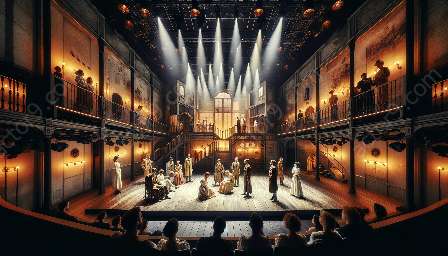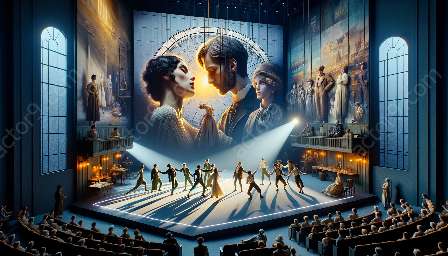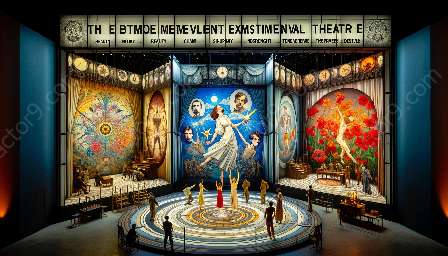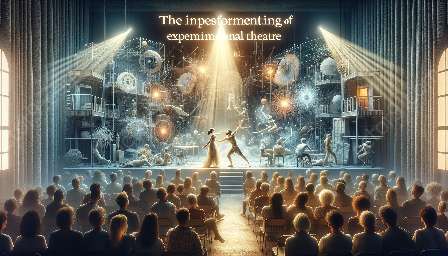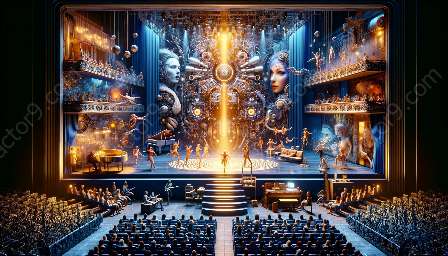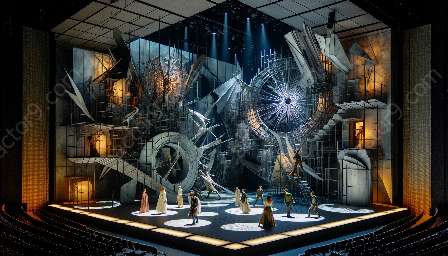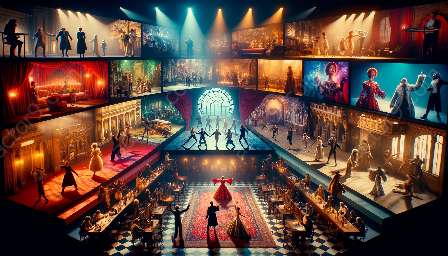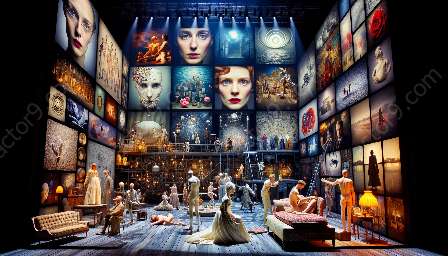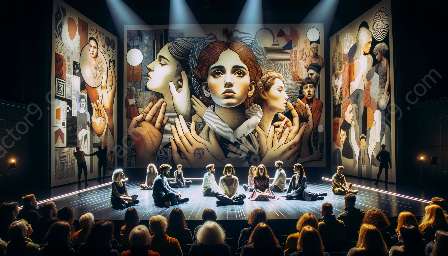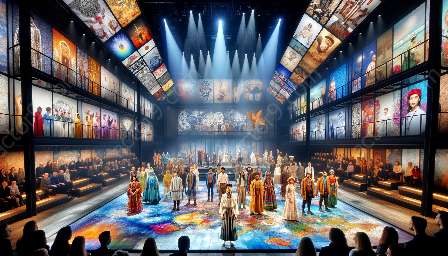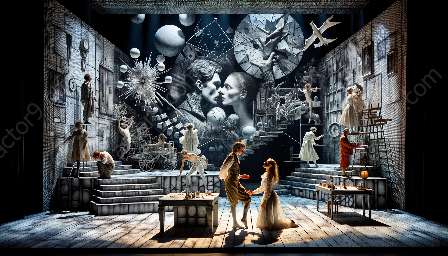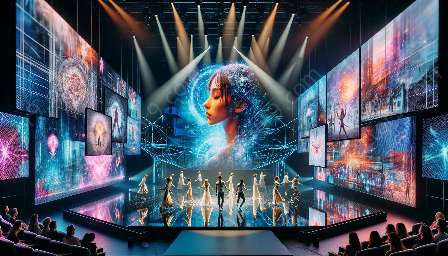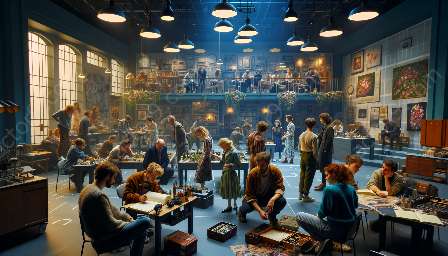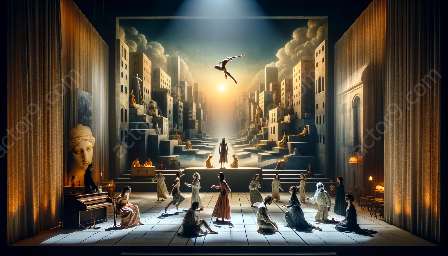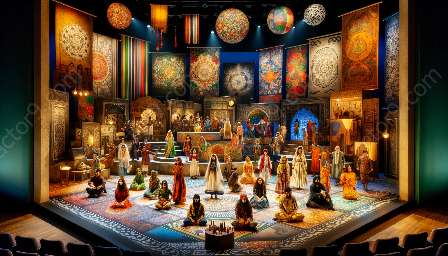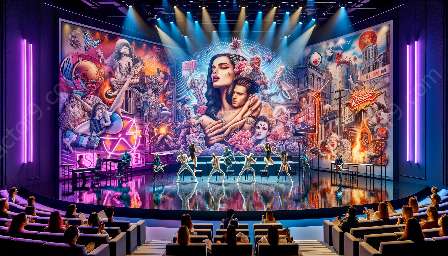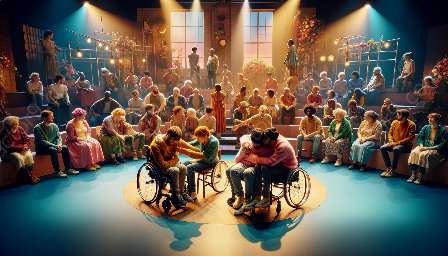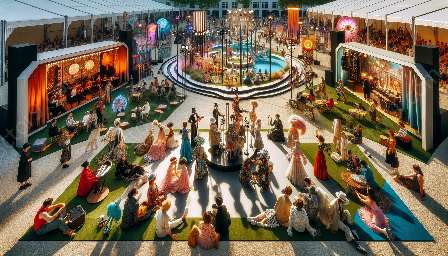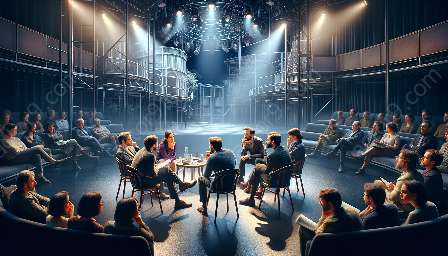Experimental theatre embraces a broad and diverse range of creative practices that challenge conventional theatrical norms. Collaborative approaches in experimental theatre involve the interdisciplinary cooperation of various artistic disciplines. Understanding the role of different disciplines in these projects is crucial to appreciating the dynamic nature of experimental theatre.
Interdisciplinary Collaboration
Collaborative experimental theatre projects bring together experts from diverse fields including theatre, dance, music, visual arts, technology, and more. Each discipline contributes unique perspectives, skills, and methodologies, enriching the creative process and expanding the possibilities of artistic expression. This collaboration fosters an environment where creative boundaries are blurred, enabling the exploration of unconventional themes and narratives.
Theatre and Performance
Theatrical disciplines provide the foundational elements of storytelling, character development, and stagecraft. Actors, directors, playwrights, and dramaturges contribute their expertise to shape the narrative and emotional resonance of the performance. Furthermore, performance art techniques and physical theatre practices enhance the visual and kinetic aspects of the production, adding depth and complexity to the overall experience.
Dance and Movement
Dance and movement disciplines infuse collaborative experimental theatre projects with a kinetic language that transcends verbal communication. Choreographers and dancers contribute to the spatial dynamics, rhythm, and physicality of the performance, elevating the expressiveness and symbolism of the storytelling. Their expertise in movement sequences and expressive gestures adds an embodied layer to the narrative, enhancing the audience's engagement and understanding.
Music and Sound Design
The integration of music and sound design in collaborative experimental theatre projects transforms the auditory landscape, shaping the emotional and atmospheric dimensions of the performance. Composers, musicians, and sound designers collaborate to create original scores, soundscapes, and sonic textures that intricately intertwine with the visual and narrative elements. Their contributions deepen the immersive nature of the theatrical experience, eliciting emotional responses and amplifying the thematic resonance of the production.
Visual Arts and Design
Visual artists and designers bring aesthetic sensibilities and spatial innovation to collaborative experimental theatre projects. Set designers, costume designers, multimedia artists, and visual creators collaborate to construct evocative environments, striking visuals, and immersive atmospheres that transport the audience into the world of the performance. Their creative input enriches the sensory engagement and amplifies the storytelling elements, fostering a multi-dimensional experience.
Technology and Innovation
The incorporation of technology and innovative practices in collaborative experimental theatre projects redefines the boundaries of artistic expression and audience interaction. Digital artists, technologists, and multimedia specialists leverage cutting-edge tools and interactive platforms to create augmented realities, immersive installations, and interactive performances that transcend traditional theatrical conventions. Their contributions push the boundaries of creativity, opening new avenues for artistic exploration and audience engagement.
Evolution of Experimental Theatre
The involvement of different disciplines in collaborative experimental theatre projects catalyzes the evolution of experimental theatre as a dynamic and boundary-pushing art form. By integrating diverse artistic practices, these projects continually redefine the possibilities of storytelling, performance aesthetics, and audience engagement. The synergy of various disciplines fosters a fertile ground for innovation, paving the way for bold experimentation and avant-garde expressions that challenge and inspire audiences.
In conclusion, the role of different disciplines in collaborative experimental theatre projects is integral to the evolution and vibrancy of experimental theatre. The interdisciplinary synergy cultivates a rich tapestry of artistic expressions, pushing the boundaries of creativity and redefining the theatrical landscape.

